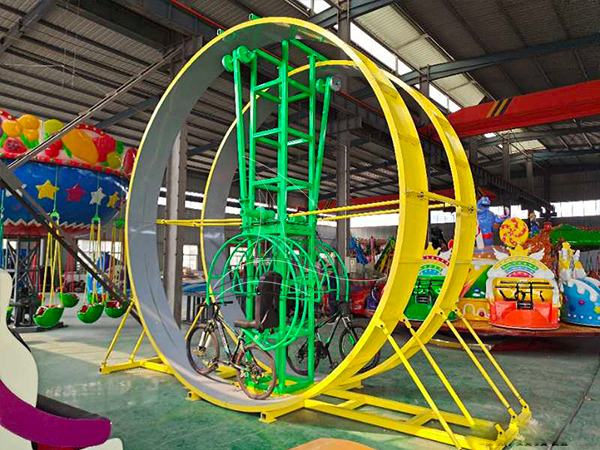Conditions that high-quality children’s amusement rides needs to meet
High-quality children’s amusement rides play a significant role in providing thrilling and entertaining experiences while ensuring the safety and well-being of young riders. When designing and operating children’s amusement rides, several essential conditions need to be met to ensure safety, enjoyment, and educational value. The following description outlines the key considerations for high-quality children’s amusement rides.

Safety Standards and Regulations: Safety is of utmost importance when it comes to children’s amusement rides. It is crucial to comply with rigorous safety standards and regulations established by regulatory bodies such as the International Association of Amusement Parks and Attractions (IAAPA) and local government authorities. Amusement rides should undergo regular inspections, maintenance, and certification to ensure they meet the highest safety standards.
Age and Height Restrictions: Children’s amusement rides should have appropriate age and height restrictions to ensure the safety and suitability of riders. These restrictions are based on factors such as the physical capabilities and developmental stages of children. Clear signage should be displayed at the entrance of each ride, indicating the minimum height and age requirements, along with any other relevant safety guidelines.
Structural Integrity: High-quality children’s amusement rides should be structurally robust, designed to withstand the stress and forces exerted during operation. They should be constructed using durable materials and engineered to ensure stability, even during peak usage and adverse weather conditions. Routine inspections and maintenance should be conducted to identify and address any structural issues promptly.
Ride Control and Monitoring Systems: Amusement rides for children should be equipped with advanced control and monitoring systems to ensure safe operation. These systems include speed governors, emergency stop buttons, and sensors that detect abnormalities or malfunctions. Operators should receive comprehensive training on using these systems effectively and responding to emergency situations promptly.
Clear Instructions and Safety Briefings: Before children board an amusement ride, clear instructions and safety briefings should be provided to both riders and accompanying adults. These briefings should include information on how to sit properly, use safety restraints, and follow ride instructions. Signage and visual aids can be used to reinforce safety messages throughout the ride area.
Regular Maintenance and Inspections: High-quality children’s amusement rides require regular maintenance and inspections to ensure their safe and smooth operation. Routine checks should be conducted on mechanical components, electrical systems, safety restraints, and structural integrity. Any signs of wear and tear or malfunctioning parts should be addressed promptly, and appropriate maintenance records should be maintained.
Emergency Preparedness: Children’s amusement rides should have well-defined emergency preparedness plans in place. This includes protocols for evacuations, communication systems, first aid stations, and trained staff who can respond promptly to any emergency situation. Regular drills and training exercises should be conducted to ensure preparedness and efficient handling of emergencies.
In conclusion, high-quality children’s amusement rides prioritize safety, engagement, and educational value. Compliance with safety standards, appropriate age and height restrictions, structural integrity, accessibility, and well-trained operators are crucial aspects to consider. Additionally, the rides should provide clear instructions, regular maintenance, and well-defined emergency preparedness plans. By adhering to these conditions, children can enjoy thrilling and memorable experiences in a safe and secure environment.
